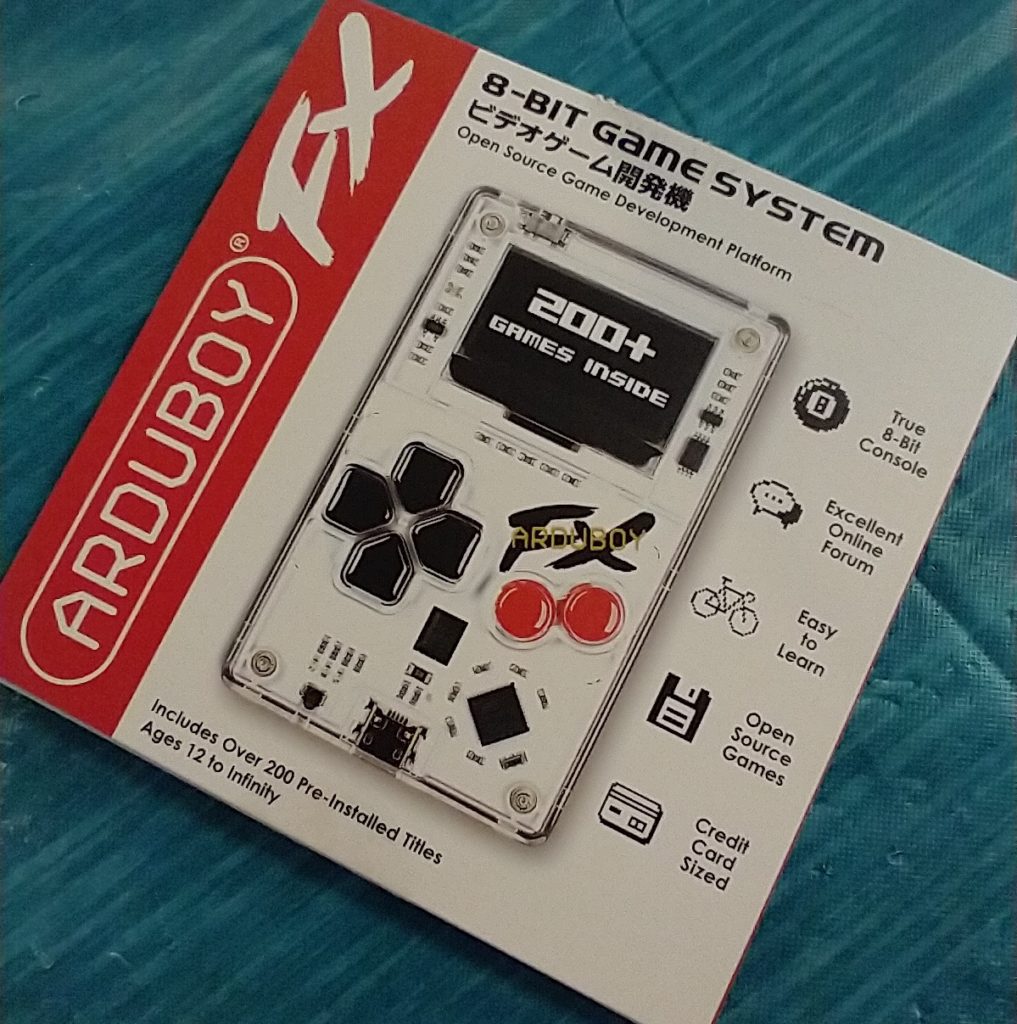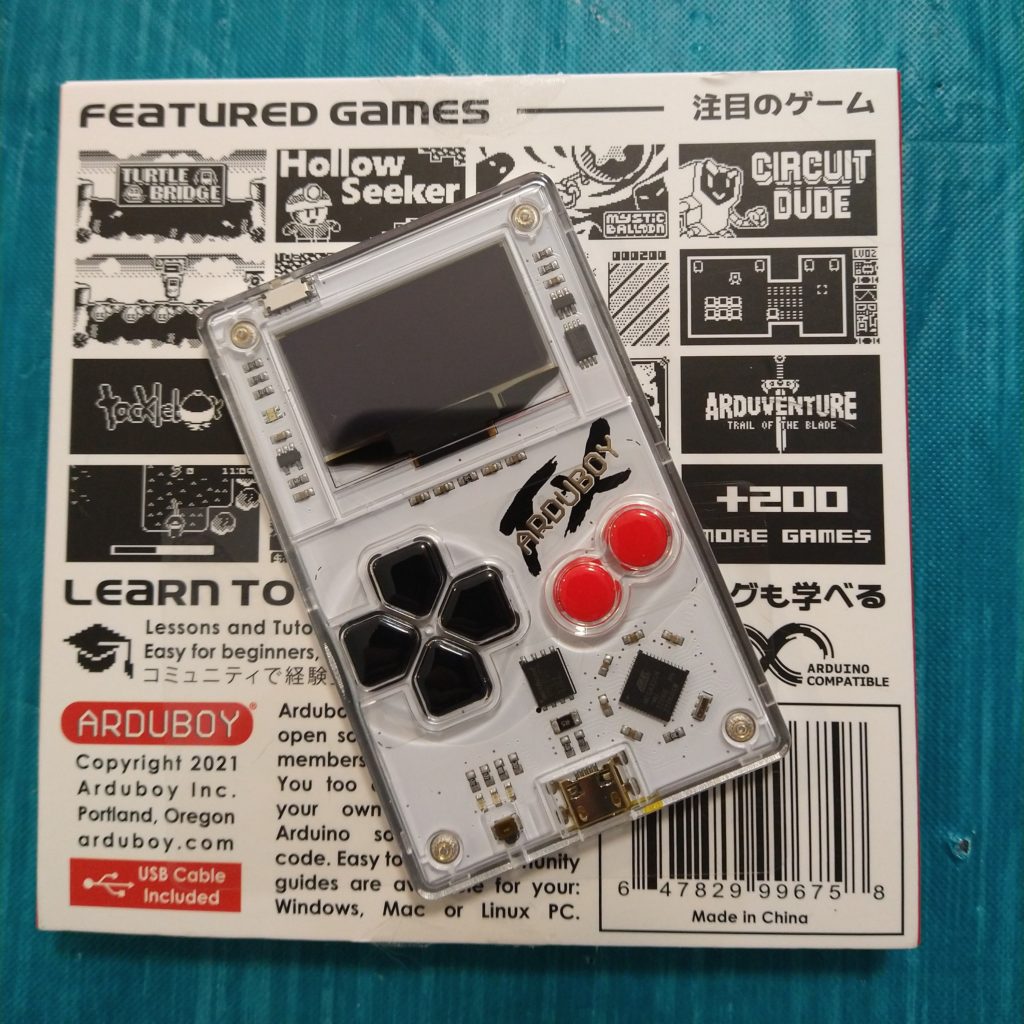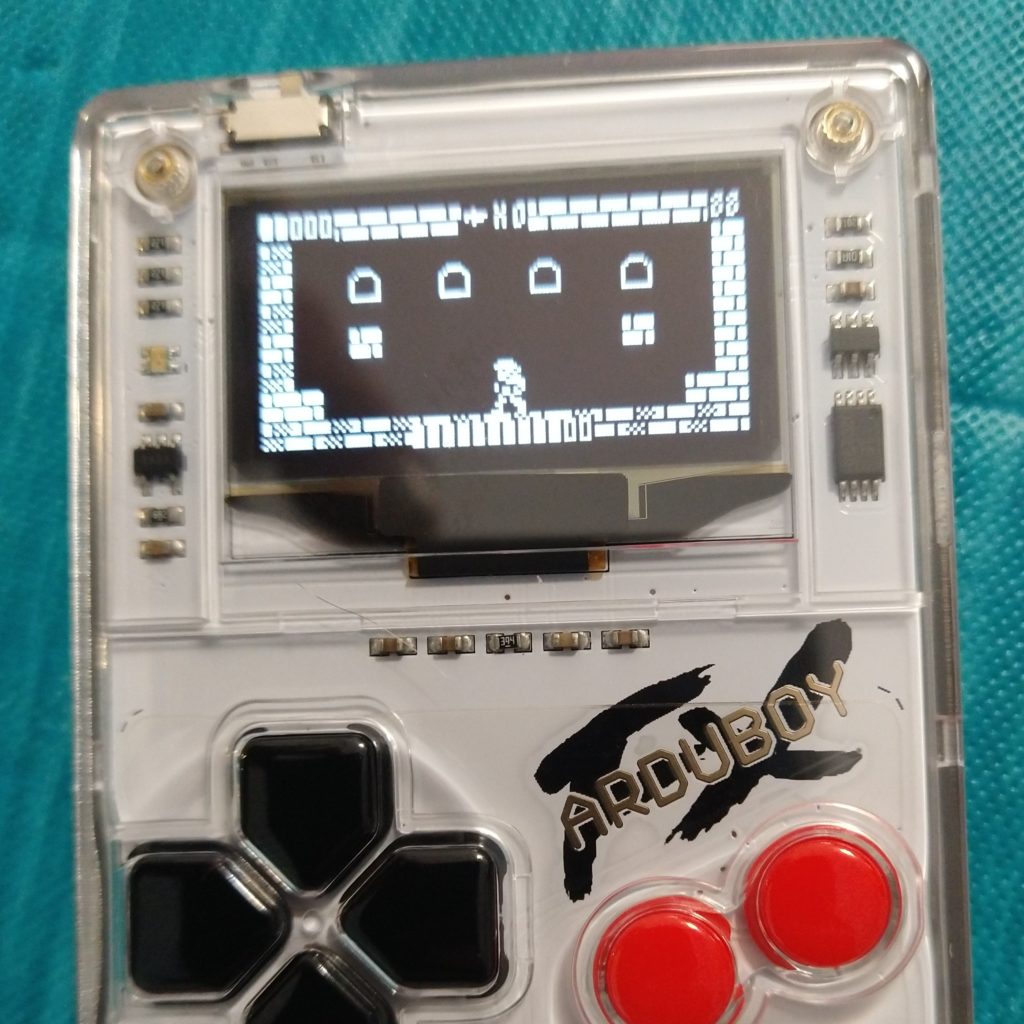There is some sort of weir shift going on where suddenly companies are increasingly cracking down on thing like Ad Blockers and shared accounts and just generally trying to “monetize more”. I don’t know the in and out details of business operation but I saw it mentioned that part of this is related to the recent raising of interest rates. Essentially, when interest Rates are very very low, debt is profitable (somehow??), so investor types would be more willing to let a company lose money or just not be as profitable as they “could be”. I’m not an expert on this. The moral of that comment was more that because interest rate are rising, investors want more actual return, so prices get raised and crackdowns come on ad blocking.
The focus for today is more on the ad blocking part, and the ads in general.
What Is Ad Blocking
In case you’re loving under a rock, it’s probably good to touch on what Ad Blocking is, and to some extend, how to do it. The what is pretty easy, it’s in the name, it’s the blocking of ads on websites or videos. There are a ton of ways this can be done, I use several layers of blocking myself, and see very very few ads when browsing online.
The simplest and easiest is with browser plug ins. The most effective and easiest is U-Block Origin. At one point there was something just called U-Block, which wasn’t as good, and there are also a couple just called Ad-Block, and Ad-Block Plus, neither of which is as effective. U-Block Origin is the one to use. By default, it chops out a LOT of ads. It also has tools built in to create custom filters as well. For example, I have mine set up to block anything from twitter.com and x.com, because Fuck Musk. I also use the built in element picker to block some annoying “subscribe” pop overs on Youtube. Another useful use for the element picker on Youtube is blocking those annoying “watch next” thumbnails that pop over the last 20 seconds of every video.
You don’t need all this extra though, since out of the box, it does it’s basic purpose.
It’s not always just about ads, I have several other plug ins to filter my web experience. I have one that specifically blocks any Rupert Murdoch owned media. I have a similar one that blocks websites known to spread Climate change denial-ism. Another good one is Consent-O-Matic, which will automatically reject any non essential cookies from those annoying GDPR pop ups.
I also would recommend Privacy Badger and Ghostery to block invisible ad trackers that are present all over the webs.
But how do these work?
All of the data coming to you PC runs to your browser, these tools simply intercept and strip out known sources of advertisers and problematic privacy trackers. When a web page is rendered to your view, on the back end code, it’s made of a bunch of blocks of code for each element. When a filtered element is encountered, it simply, isn’t sent to the display and rendered. There are a lot of easy way to detect ads for these tools, many use standard image resolutions, for example, so any image of that height and width get filtered. Another way to detect them is if they come from 3rd party websites, since most advertisers are private data hoovers, they want to serve the ads directly so they can track data about the user attached to their browser or IP address.
Another layer I use to filter ads is PiHole, which is a DNS server designed to run on a Raspberry Pi and filter network traffic before it even reaches your machine. Without too much complicated technical detail, DNS is essentially the phone book of the internet. Your computer or phone is going through a DNS server somewhere anytime you connect to a domain, because servers, that host websites, all use numerical IP addresses. It’s a name vs a phone number. So the Pi-Hole, when a request is made to a known ad provider, the returned “IP Address” or “phone number” is simply blank.
Why Block Ads Though
I want to make it clear here, I am not opposed to web ads, I am not opposed to people making money on their content. My problem is with how shitty ads have become. It’s not just web ads that are the problem, but ads in general. I kind of blame Google and the algorithmizing of ad networks. In the dark ages, a company would generally have sales people who would court companies and try to get them to advertise to their customers. These ads were “targeted” based on the customer data of the website and generally, related to the website itself.
Presumably, if you’re reading a technology news website, you would be interested in ads for computers or phones. That sort of thing.
Google, the largest and most dominant ad provider, destroyed this.
Google is a massive privacy nightmare and hoovers up every scrap of data about everyone that it can. I can’t express just how much data Google collects, and I’m not going to try. They use this to serve ads to people running it’s ads. The main “selling point” here is that instead of ads targeted to potential users of a website, they get targeted directly at users. Maybe Google had decided I am interested in technology products, so when browsing technology websites, I might get technology ads, but these same ads now ALSO track me around when I am looking into other topics, like toys, or food, or anything.
In theory, it’s better, right?
But is it? If my mindset is on toy news, I’m going to be at best, distracted by an ad for a phone, more likely annoyed, because I my mind right now, it’s on technology.
But what do I know, I am sure there is some marketing group who has done some research showing it’s still “effective”.
The problem I have with this is that it all just becomes an annoying circle jerk of bad. Maybe the ad is “effective” because it’s the only ad I’ve seen for a month. Which just reinforces the idea that this targeting is good. It’s not actually good, it’s just created a bubble which creates a self fulfilling bubble of accuracy. Companies no longer have to compete with each other to get my eyeballs, they just pay the most to beat me over the head with their product until I submit.
Which kind of leads into the bigger issue.
Companies don’t have to actually make good products to advertise at me. There is just this increasingly rapid downward spiral of garbage being pushed through advertising. Shitty fake T-shirts that are 3 sizes too small even when you order the 5x size. Ads for crappy cash grab mobile games that show one game and are in actuality something completely different. Ads for bootleg products through Amazon from “companies” that won’t exist in 2 weeks.
Anyone can pay pennies to each 1000 people and the goal is no longer showing off a quality product to get sales, it’s just to show off any product to get any sales.
This creates another self fulfilling bubble, because it decreasing the effectiveness of ads in general, as people become less and less trusting of this bull shit. Legitimate companies stop advertising on these platforms, as people stop clicking and start using more ad blocking mechanisms. The ads become worthless to buy for any real business or service and scammers don’t mind because increasingly only the most gullible marks start falling for their scams.
It also hurts businesses that rely on ad revenue. The big one is online publications, newspapers, magazines, blogs. More people block ads, less people click ads, now they have to run more ads to make ends meet, and the problem just becomes worse as more people get tired of ads EVERYWHERE and more people block them or stop visiting.
It’s Hard to Feel Bad About Ad-Blocking
This also is a bit self inflicted, so it’s hard to feel bad for these companies. I feel a little bad for the writers, who probably just want to write, it’s not their fault. But when some large publication decides it no longer wants to pay a sales staff or editors and their entire site becomes ad ridden, it’s hard to feel bad about blocking their revenue source.
Stop encouraging this garbage and maybe I’ll stop blocking.
Stop covering your page in large banners on every open space and maybe I’ll stop blocking.
Stop trying to trick me with ads embedded in articles that look like links and maybe I’ll stop blocking.
The people I do feel bad for are the honest folks out there. Because they just become collateral damage. Most ad blocking tools provide the ability to white list websites if you want to support them, but this puts the work on the user to decide what’s worth supporting, and you don’t have any way of knowing without going to work to open things up. It’s just, too much effort to bother.
Subscription Overload
There is if course, the alternative of subscribing. Which is increasingly something publications push for. Limited numbers of free articles per month, or just trying to guilt you about how many articles you’ve read. I don’t mind this concept at all, the issue here is a bit multi-faceted though.
First is subscription overload. “Subscribe for $x per month”. Seems reasonable, except that every website wants $x per month. I could probably manage one or two subscriptions even at $7-8 per month if I wanted. But to read every site, it becomes 10-15 subscriptions at $7-8 per month, or more. Part of this may be my personal cheapness. My opinion on digital subscriptions of any kind though has always been “less is better”. There is essentially zero overhead cost different for digital. Offering a subscription for $7-8/month makes some money, but offering it for $1/month becomes “impulse buy” territory and would likely net a massive number more subscriptions. Is it’ 7-8x as many subscriptions? I don’t know, I don’t care, my question is “is it enough subscriptions to cover operating costs”.
Call me old fashioned but if costs are met, it feels like the goal of publications should be getting their information out in front of as many eyeballs as possible, not so much exponential growth of profits (this will eventually be a post all it’s own).
It’s not JUST the cost though, it’s the internal scammyness so many publications have with subscriptions. It’s the “Get a discount for the first year of 80% off please forget to cancel later” offers. I don’t bother with trials and discounts at all for this reason. If that’s not just “the price” I don’t care. I’m not letting this into my life and workflow only to have to rip it out later when the cost becomes 5x what I initially paid, sorry.
And then there is the part where cancelling is often an actual pain in the ass. I had a few digital subscriptions for a while, and when I wanted to cancel, in several cases, I had to CALL TO CANCEL. I had to talk to a fucking sales person, often in another fucking country, and convince them that no, I didn’t want a new offer, I just wanted to cancel.
This is something that should literally just be a click through checkbox on a profile page of the website.
Trust Destroyed
It’s all part of the endless downward spiral of bull shit I mentioned above. It’s just more scams that drive people like me away from supporting something.
This leads to just a general distrust of anything being pushed or sold. A prime example of this in my area. My state, Illinois, is pushing household solar adoption hard. There are programs that “in theory” make the consumer cost zero. But it’s also not clear how this works. And my overall distrust of anything being “sold” to me, means that even though I would love to have Solar, I don’t have any desire to ever bother with any company that would provide solar, no matter the rebates or later returns. If the state wanted to come in and do it for me and I never see a bill, hey, probably, but i am pretty sure that’s not how any of these systems work.
Any my distrust runs deep enough that I actively avoid the main aisle at my local Wal-Mart when shopping because there are people selling this in the store, and I don’t want to be hassles about it.
And this is just one example. I have grown to actively distrust essentially all advertising at this point. And I have not even BEEN scammed. I have family members who have gotten trash from Facebook ads or been taken in by straight money scammers, which just leads to more reason to be a paranoid ad blocking digital data leech. I want to support sites, but everything is just such a scammy minefield.
Final side note, this is why I actually do like things like KOFI and Patreon, because I can support people, directly, often for a reasonable cost, and I can cancel/stop supporting them if I can’t afford it or no longer want to support them.
It’s Going to Get Worse
It’s going to get worse.
AI Will make it worse. AI is “neat”, it’s also the “filter bubble concept” at an extreme level. When it starts feeding itself live data it’s just going to conclude it’s right about everything because that’s all it’s sending out. AI will be used to target ads, it’ll take all your personal data in and remix it with similar data and spit out a chimera ad with 8 fingers and weird looking eyes and an extra elbow that is a mobile ad for a game where you run an empire selling bootleg T-shirts but the actual app is just a shitty clicker game full of micro-transactions. Bit it will be “AI powered” to be perfectly tailored to get you to spend money on whatever.
There is also the increasing crack down by larger companies on ad blocking. Youtube is supposedly stopping people from watching videos when it detects ad blocking. Google is also pushing this bull shit initiative about “trusted browsers” that will only be used to make it’s tracking stronger. Make no mistake, Google pushes lots of “standards” on the web using it’s massive weight to force changes, it dresses these up as “good for the user and privacy” but they are an ad company. These privacy measures are ONLY pushed because they already have a way around it and it will harm their competitor’s ability to track and advertise.
Companies have experimented with eye tracking to make sure you are actually WATCHING these ads.
PLEASE DRINK VERIFICATION CAN
At the end of the day the only way to escape may just be to simply unplug and do something else away from the computer.



